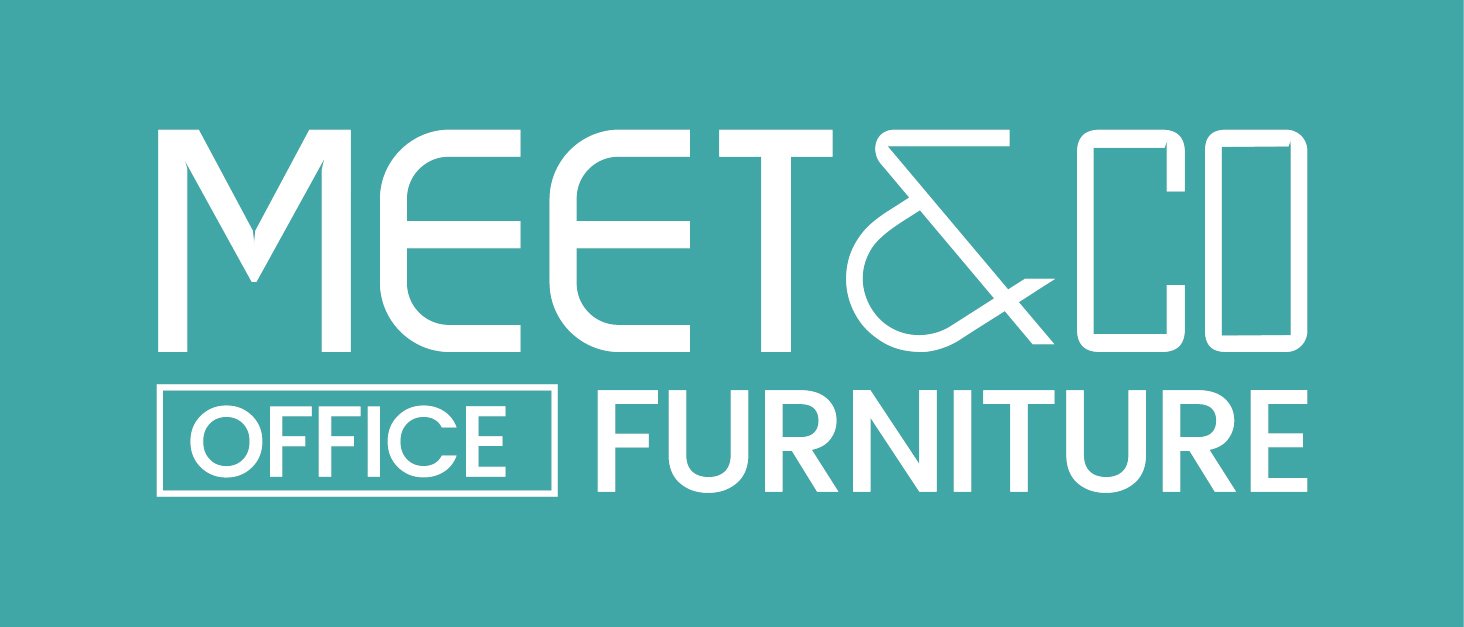When shopping for leather products like office chairs, sofas, or stylish jackets, you’ve probably noticed that there’s a wide variety of leathers available. You might come across terms like genuine leather, bonded leather, or faux leather. But what exactly are these types of leather, and how do you know which one is right for you?
In this blog, we’ll take a closer look at bonded leather vs. genuine leather. We’ll break down what each type is, how they compare, and what factors might influence your choice. Whether you’re looking for durability, comfort, or cost-effectiveness, understanding these options will help you make the best decision for your needs. Ready to clear up the confusion? Let’s get started!
Table of Contents
- What is a Leather Hide?
- What is Genuine Leather?
- What is Bonded Leather?
- Bonded Leather vs Genuine Leather: How to Tell the Difference
- What to Look For When Buying Leather Furniture
- FAQs
- Who We Are & How We Can Help
- Final Thoughts
- Sources
What is a Leather Hide?
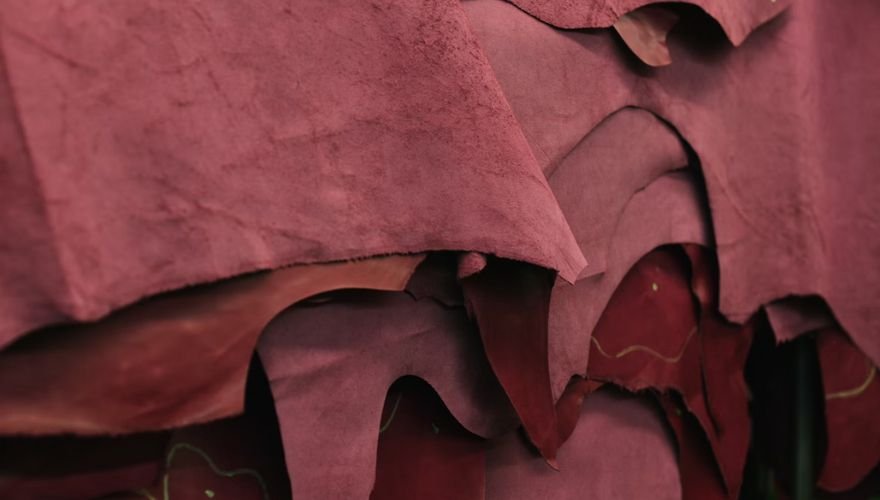
Before we dive into what constitutes genuine leather, it’s essential to understand the raw material from which all leather products are made: leather hide.
A leather hide is essentially the starting point for all leather products. It refers to the raw, tanned skin of an animal, most commonly cows, though other animals like goats and lambs are also used. It’s the fundamental material from which leather is crafted.
The process begins with removing the hair and applying various treatments to preserve and strengthen the skin. This transformation turns the hide into a durable, flexible material suitable for everything from shoes and bags to furniture.
In its raw form, a leather hide differs from the polished, finished leather we see in products. Understanding this basic material is essential because the quality and type of hide greatly influence the final product. So, next time you’re admiring a leather item, you’ll know it all starts with this fundamental material!
What is Genuine Leather?
Genuine leather is crafted from real animal hides and is known for its natural qualities. Unlike synthetic materials like PU leather, it retains the unique texture and characteristics of the original hide.
Not all types of leather are created equal. Let’s break down the main types of leather and what sets each one apart regarding quality:
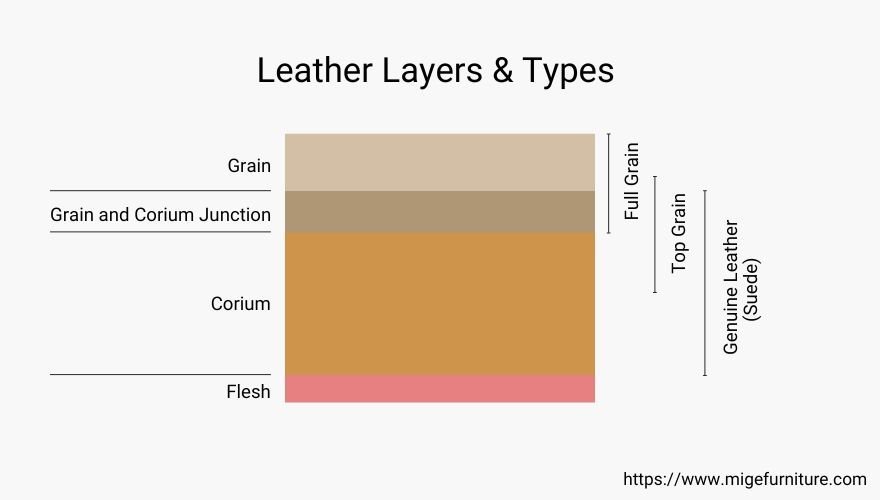
Full-Grain Leather
This type of leather is the highest quality leather available. It’s made from the top layer of the hide and retains the natural grain, which means it’s durable, develops a rich patina over time, and breathes well. You can often find it in high-end furniture and luxury accessories.
Top-Grain Leather
Slightly less robust than full-grain, top-grain leather is sanded and treated to remove imperfections, giving it a more uniform appearance. It’s still very high-quality and more resistant to stains, but it may not age as gracefully as full-grain leather. You can often find it in stylish, functional items like office chairs and handbags.
Corrected-Grain Leather
Corrected-grain leather is a more polished type of genuine leather with extra processing to improve its look. This type is made from the top layers of the hide but has been sanded and treated to remove natural flaws. As a result, it has a smooth, even surface. While it doesn’t have the unique marks of full-grain leather, corrected-grain leather is still durable and versatile, making it a popular choice for quality yet affordable furniture and accessories.
Split Leather
This type of leather comes from the lower layers of the hide and is known for its cost-effectiveness. Split leather lacks the natural grain and has a less refined look but is often coated to enhance its appearance. While not as durable or luxurious as higher-grade leathers, split leather is a practical option for budget-friendly upholstery and accessories.
Each type of leather offers different benefits and drawbacks, and its quality can impact everything from the look and feel to the longevity of your leather products. Understanding these differences can help you find the right leather for your needs and make an informed investment.
Pros and Cons of Genuine Leather
Pros:
- Durable: Genuine leather is strong and lasts a long time, making it a good investment.
- Ages Well: Over time, it develops a unique patina and character that can look even better with age.
- Breathable: It’s natural and allows air to flow, so it’s comfortable to use in all seasons.
- High Quality: It often looks and feels luxurious, adding a touch of class to any item.
Cons:
- Costly: It tends to be more expensive than other materials.
- Maintenance: It needs regular care, like conditioning, to look its best.
- Stains Easily: Leather can be prone to stains and require special cleaning products.
- Not Eco-Friendly: While more sustainable options exist, the tanning process can harm the environment.
What is Bonded Leather?

Bonded leather is crafted from leftover leather scraps that are ground up and mixed with adhesives. This mixture is then pressed onto a backing material, like paper or fabric, to form a new, durable surface.
Sometimes, an extra layer of polyurethane is added and embossed to make it look more like genuine leather. It’s a good budget-friendly option for furniture and accessories, but it’s less high-quality or long-lasting than genuine leather.
Look for it under names like “bonded leather,” “blended leather,” “faux leather,” “vinyl,” “reconstituted leather,” or “composite leather.”
Is Bonded Leather Real Leather?
Short Answer: No, bonded leather is not considered genuine leather.
Does It Contain Real Leather? Yes, bonded leather does contain some genuine leather, but only a tiny amount. Typically, it includes around 10-20% genuine leather mixed with other materials. The rest is made up of synthetic components, such as adhesives and backing materials. So, while it has some real leather in it, it’s not the same as full-grain or top-grain leather.
Pros and Cons of Bonded Leather
Pros:
- Affordable: It’s generally cheaper than genuine leather, making it a budget-friendly option.
- Looks Like Leather: Often has a similar appearance and feel to genuine leather, especially with added coatings.
- Easy to Clean: Usually requires less maintenance and is easy to wipe clean.
- Consistent Appearance: It has a uniform look, which can be appealing if you want a sleek, modern style.
Cons:
- Less Durable: It’s not as strong or long-lasting as genuine leather and can wear out faster.
- Lower Quality: Contains only a small amount of genuine leather and feels less luxurious.
- Can Peel or Crack: Over time, it may start to peel or crack, especially with heavy use.
- Not Eco-Friendly: The production process and synthetic materials may be less environmentally friendly compared to genuine leather.
Bonded Leather vs Genuine Leather: How to Tell the Difference
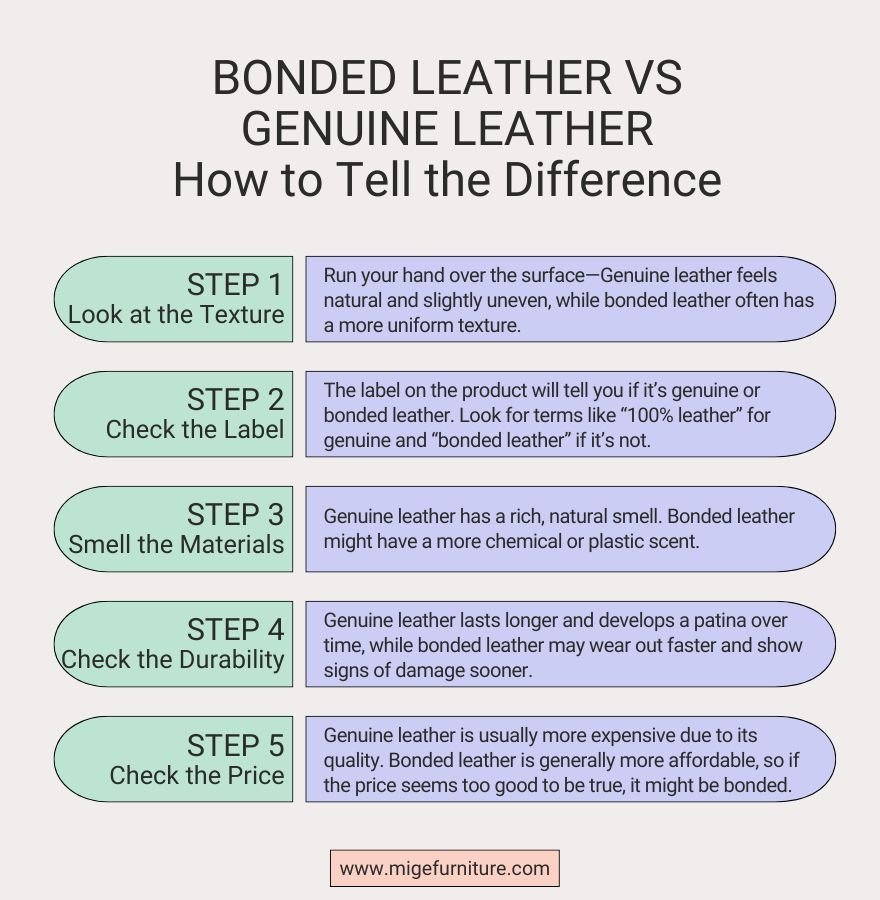
Knowing the difference between bonded and genuine leather can be helpful when shopping for furniture or accessories. It helps ensure you get exactly what you’re looking for. Here are some tips to help you tell them apart:
1. Look at the Texture
Run your fingers over the surface—genuine leather has a natural grain with unique imperfections and variations, so it feels supple and a bit irregular to the touch. In contrast, bonded leather usually has a more uniform and consistent pattern, often feeling stiffer and smoother with a more artificial texture.
2. Check the Label
Labels can be a good clue. Genuine leather will often be labeled with terms like “full-grain,” “top-grain,” or simply “genuine leather.” Bonded leather, however, might be marked as “bonded leather,” “faux leather,” “LeatherSoft,” or “composite leather,” indicating its synthetic components.
3. Smell the Materials
The smell can also give you a hint. Genuine leather has a rich, natural leather scent that is distinctive and pleasant. Bonded leather, however, usually has a synthetic or chemical odor or might not have much of a smell at all.
4. Check the Durability
Consider the durability of the material. Genuine leather is generally more durable and develops a beautiful patina over time, improving with age. Bonded leather might start to peel or crack with heavy use or as it ages, making it less long-lasting.
5. Check the Price
Genuine leather is usually more expensive than bonded leather due to the cost of materials and production.
What to Look For When Buying Leather Furniture
Now that you know the basics of bonded and genuine leather, let’s dive into some practical tips on what to look for when buying leather furniture to ensure you make the best choice:
1. Check the Leather Type and Finish
Start by figuring out what kind of leather you’re dealing with. Full-grain and top-grain are the top choices for durability and natural beauty. Also, see if the leather has a protective finish—it helps keep things looking sharp and makes cleaning a breeze.
2. Test for Comfort
Remember to sit on the furniture, like a leather office chair or sofa! Genuine leather should feel soft and mold to your shape over time. Ensure the cushioning underneath is comfy and supportive—no one wants to sink too much or feel like they’re sitting on a rock!
3. Look at the Construction Quality
Look at how the leather is put together. Check for strong, neat stitching and well-finished edges. If you spot any loose or uneven seams, they indicate lower quality.
4. Feel the Flexibility
Gently press and bend the leather. Good-quality leather should be flexible but not overly stiff. It should have a nice balance between softness and durability.
5. Inspect the Color and Dye
Ensure the color is consistent and even. While genuine leather might have slight variations, synthetic leather tends to have a more uniform color. Also, check that the dye doesn’t rub off or fade quickly.
6. Consider Maintenance Needs
Find out how much upkeep the leather will need. Genuine leather usually needs a bit of regular conditioning to stay in top shape, while bonded leather might require more frequent cleaning and might not be as durable.
7. Check Out Warranties
Finally, look at any warranties or guarantees. Furniture with a solid warranty often means the furniture manufacturer stands behind its quality. It’s always nice to have a little extra peace of mind.
FAQs
1. Is bonded leather as durable as genuine leather?
No, bonded leather is generally less durable than genuine leather. Genuine leather is stronger and lasts longer, while bonded leather can begin to peel or crack over time, especially with heavy use.
2. What grade of leather is best for furniture?
For furniture, the best grades of leather are typically full-grain and top-grain. Full-grain leather is the highest quality and retains the hide’s natural surface. Both grades are excellent choices for long-lasting and high-quality furniture. Avoid lower grades like bonded leather if you want something more durable and authentic.
3. What is a 100 percent leather product?
A 100 percent leather product is made entirely from genuine leather, with no synthetic materials. This usually refers to full-grain or top-grain leather, which maintains its natural qualities. Always check labels to ensure it truly means all genuine leather.
4. Is faux leather more durable than bonded leather?
Yes, faux leather (synthetic leather) is often more durable than bonded leather. Faux leather, crafted from synthetic materials, generally offers better resistance to wear and tear. Bonded leather can peel or crack over time.
Who We Are & How We Can Help
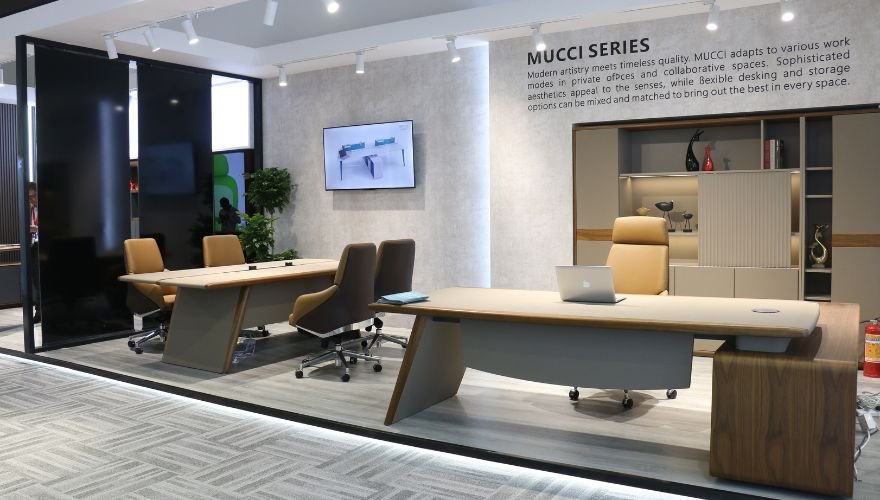
We are a professional furniture manufacturer with over 15 years of experience in the furniture industry. We provide a wide range of high-quality and affordable furniture, such as office chairs, desks, sofas, and luxurious leather pieces. At Meet&Co Office Furniture, our expertise spans from designing and manufacturing to professional space planning and customization services tailored to diverse needs and work styles.
We’re here to help you make informed decisions with our detailed buying guides and insights. Whether you’re looking for the perfect leather sofa or need advice on choosing the right office chair, we’re here to help you find what you need for your space.
Final Thoughts
Understanding the key differences between bonded leather vs genuine leather helps you make a more informed decision, ensuring that your investment meets your needs and preferences. While bonded leather offers a more affordable option with a leather-like appearance, genuine leather stands out for its natural beauty, durability, and timeless appeal.
If you’re ready to explore the best options for your space, check out our extensive range of furniture and leather products. Feel free to contact us for personalized advice or to get started on finding the perfect pieces for your home or office.
